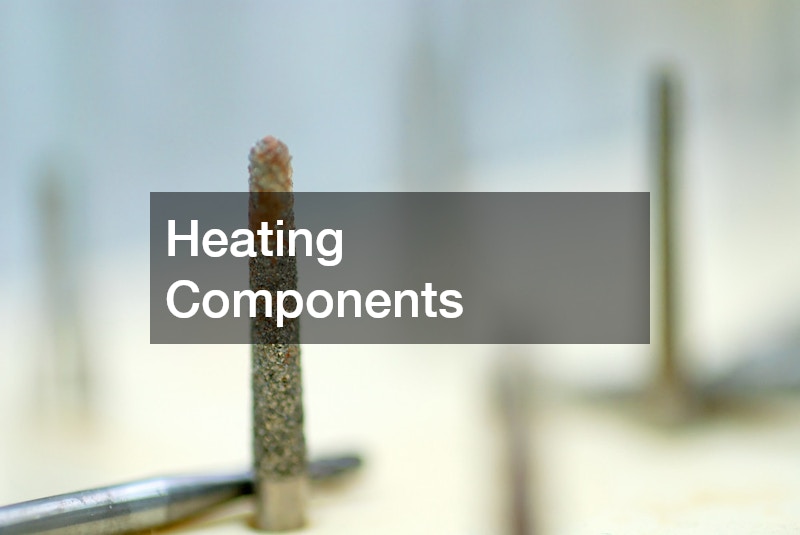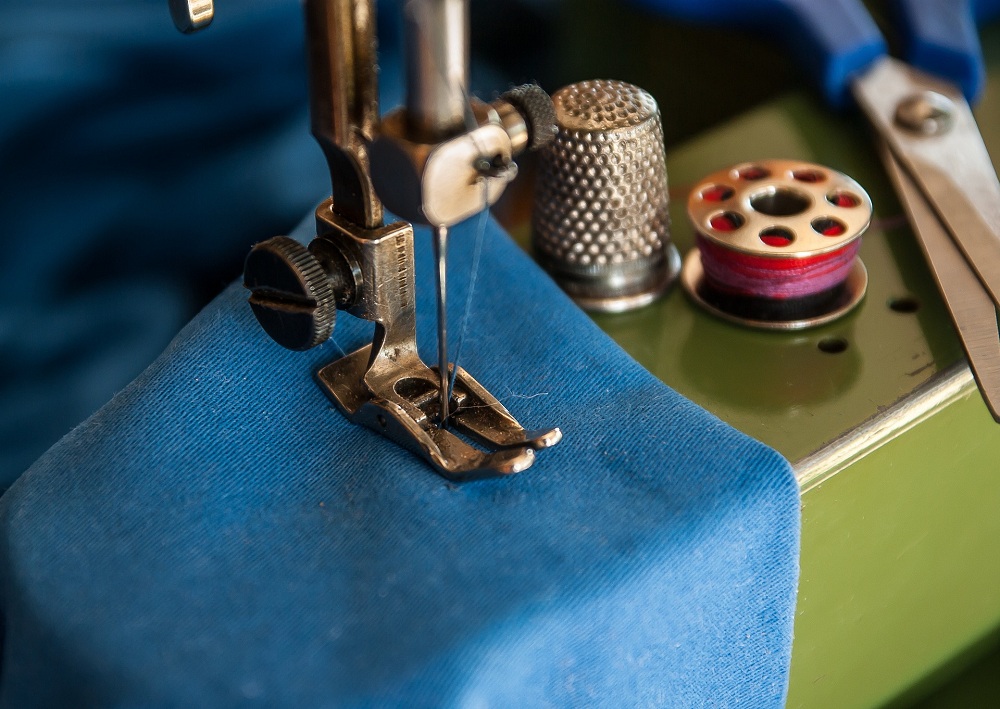Aluminum brazing works by heating aluminum components and filler metal to a temperature where the filler melts but the base aluminum does not, allowing the melted filler to flow into the joint by capillary action. This technique requires precise temperature control and often takes place in a controlled atmosphere or vacuum environment to prevent oxidation. The filler metal used in aluminum brazing typically has a lower melting point than aluminum, ensuring that only the filler melts, creating a durable, leak-proof bond. Once the components cool, the joint becomes solid, forming a strong connection capable of withstanding high stress and maintaining the desired properties of aluminum.
The process is widely applied across various industries due to the benefits it brings, such as reduced weight and improved corrosion resistance in the final product. For instance, in the automotive sector, aluminum brazing is used in heat exchangers, radiators, and fuel system components, where strong yet lightweight connections are essential for performance and fuel efficiency. In the aerospace industry, aluminum brazing supports structural integrity in components that need to withstand both high stress and extreme environmental conditions. Similarly, in HVAC systems, brazed aluminum parts provide effective heat transfer while resisting corrosion, making this method an essential part of efficient, long-lasting system design. Read on to learn about the many aspects of aluminum brazing, including filler, flux, and heating. By the end of this article, you’ll have an understanding of aluminum brazing techniques.
Aluminum Brazing
At its core, aluminum brazing involves the joining of two or more aluminum components using a filler metal with a lower melting point than the aluminum itself. Typically, the brazing process is performed at temperatures above 450°C, but below the melting point of the workpieces. By applying heat to the metal surfaces, the filler metal flows into the joint through capillary action. This creates a bond that is not only robust but also resistant to leakage and corrosion, making it ideal for precision engineering applications.
Filler
The selection of the filler metal is crucial in aluminum brazing, as it affects the strength and integrity of the joint. Most commonly, aluminum-silicon alloys are used as they have a melting range that is suitable for the base materials. These alloys provide excellent flow characteristics and joint strength. The careful choice of filler material ensures compatibility with the aluminum components being joined, minimizing any risks of galvanic corrosion which can compromise the joint over time.
Flux
Flux is another important component in the brazing process, and its role cannot be underestimated. Flux is applied to prevent oxide formation on the surface of the aluminum during the heating process. Without it, aluminum oxide would hinder the wetting action of the molten filler metal, preventing a proper bond. Typically, aluminum brazing utilizes fluoride-based fluxes to dissolve the aluminum oxide layer efficiently, allowing for a clean and reliable joint.
Heating Components

There are several methods for heating the components during the brazing process, including torch brazing, furnace brazing, and induction brazing. Furnace brazing is particularly advantageous for high-volume production as it allows for precise temperature control and consistency across multiple joints. This method involves placing the components in a controlled atmosphere furnace where the entire assembly is heated to the appropriate temperature, enabling simultaneous brazing of several joints.
Fluxless Brazing
An interesting fact about aluminum brazing is that it can be carried out without flux in some instances, using a special aluminum alloy as filler. This is known as “fluxless brazing” and is achieved by using a vacuum or inert gas atmosphere during the process, which prevents oxidation naturally. However, this method requires precise control and is generally more costly, limiting its use to special applications where eliminating flux residues is critical, such as in certain aerospace or medical components.
Aluminum brazing is an integral process in the fabrication of aluminum assemblies, offering strong, durable, and leak-resistant joints essential in various industries. By understanding the principles of filler metal selection, flux application, and heating methods, engineers can achieve optimal results for their projects. While the process may seem complex, advancements in technology have made aluminum brazing a practical and efficient solution for joining aluminum parts efficiently. As industries continue to push the boundaries of lightweight and durable materials, aluminum brazing remains a key technique in modern manufacturing.



